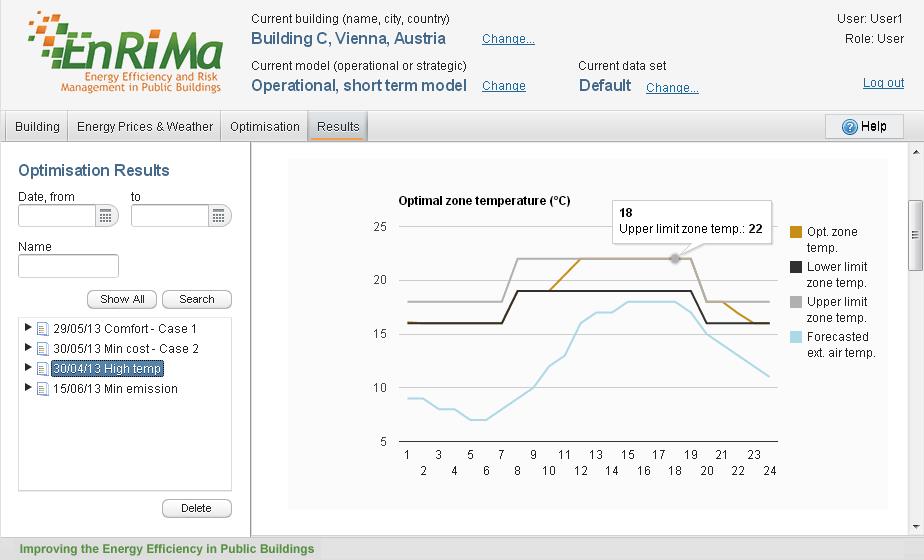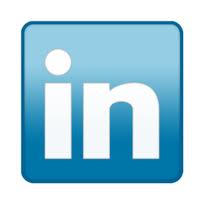Daily optimisation
Daily optimisation using the operational model
The operational decision model determines the optimal operation of the building’s existing technologies for the forthcoming day. To do this, the operational model requires information about the desired indoor temperature ranges, weather forecasts for the next day, and short-term energy prices and carbon emissions.
Figure 2: Setting the desired temperature range in the operational model
Making use of the Operational Model Result
The main output from the operational model is the indoor temperature set-points (see Figure 3). The set-points are calculated by the DSS so that using them will result in minimal energy consumption for the building. To make use of the set-points they need to be transferred to the BEMS, either manually or automatically via an integration with the BEMS. Currently, the DSS uses the following fully automatic procedure for feeding the set-points into the BEMS:
- Every evening the DSS fetches a weather forecast for the next day.
- An optimisation is started, taking as input the fetched weather forecast, and the building properties as configured by the user. The result is made available for download.
- The BEMS fetches the calculated set-points via the DSS web-service API and controls the building technologies such that the set points are reached.
Given that the BEMS is integrated with the DSS, the above procedure is executed automatically every day. If the BEMS is not integrated then the set-points can be transferred manually. This can be done every day, or for example on a bi-weekly basis.







